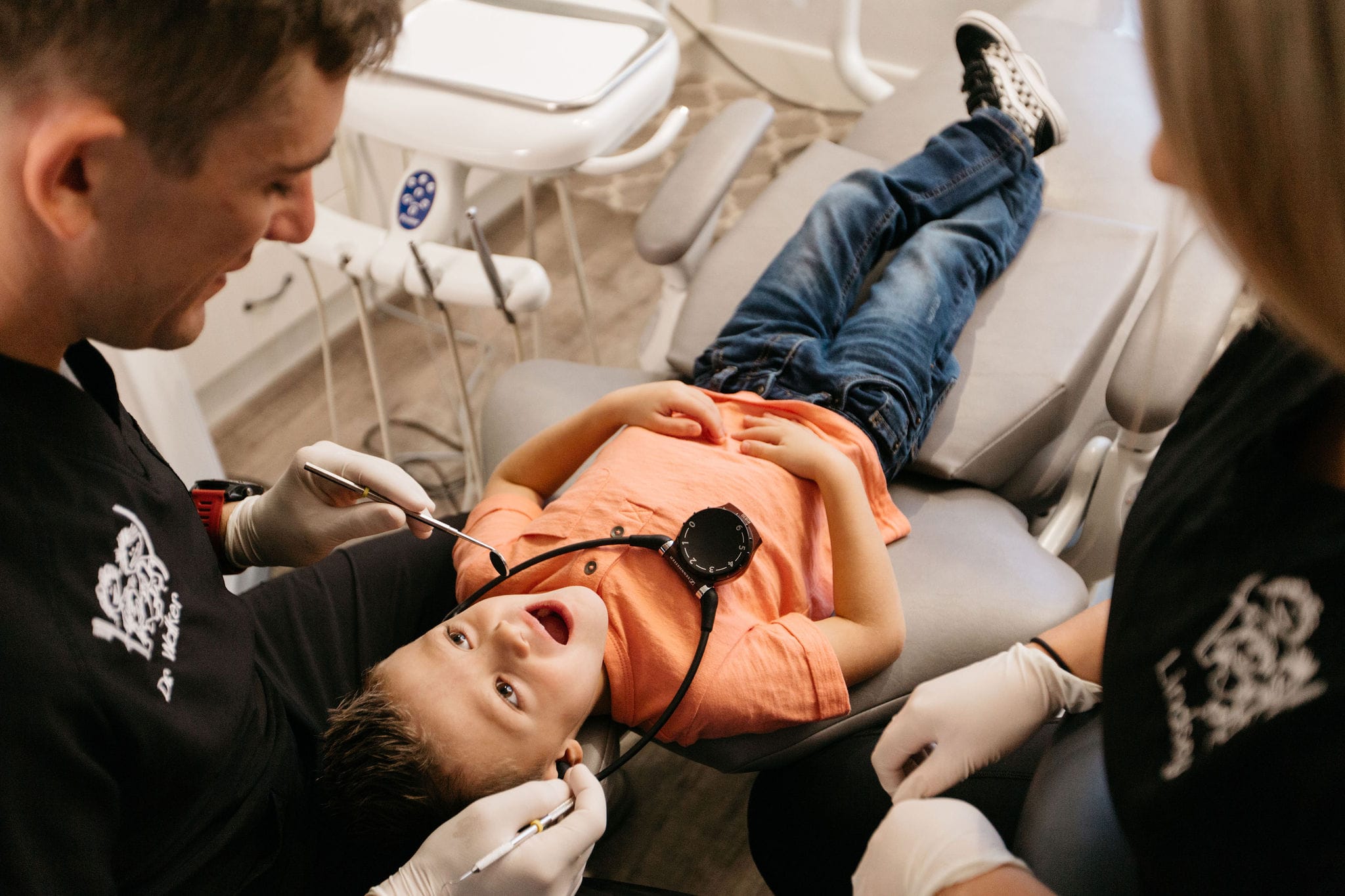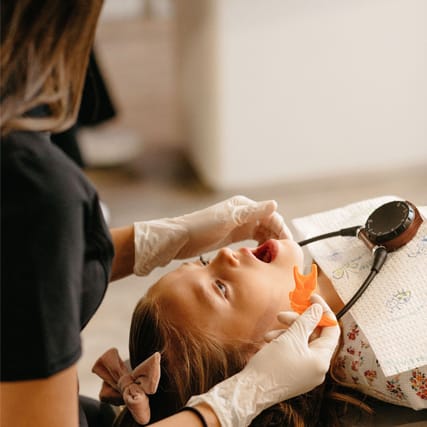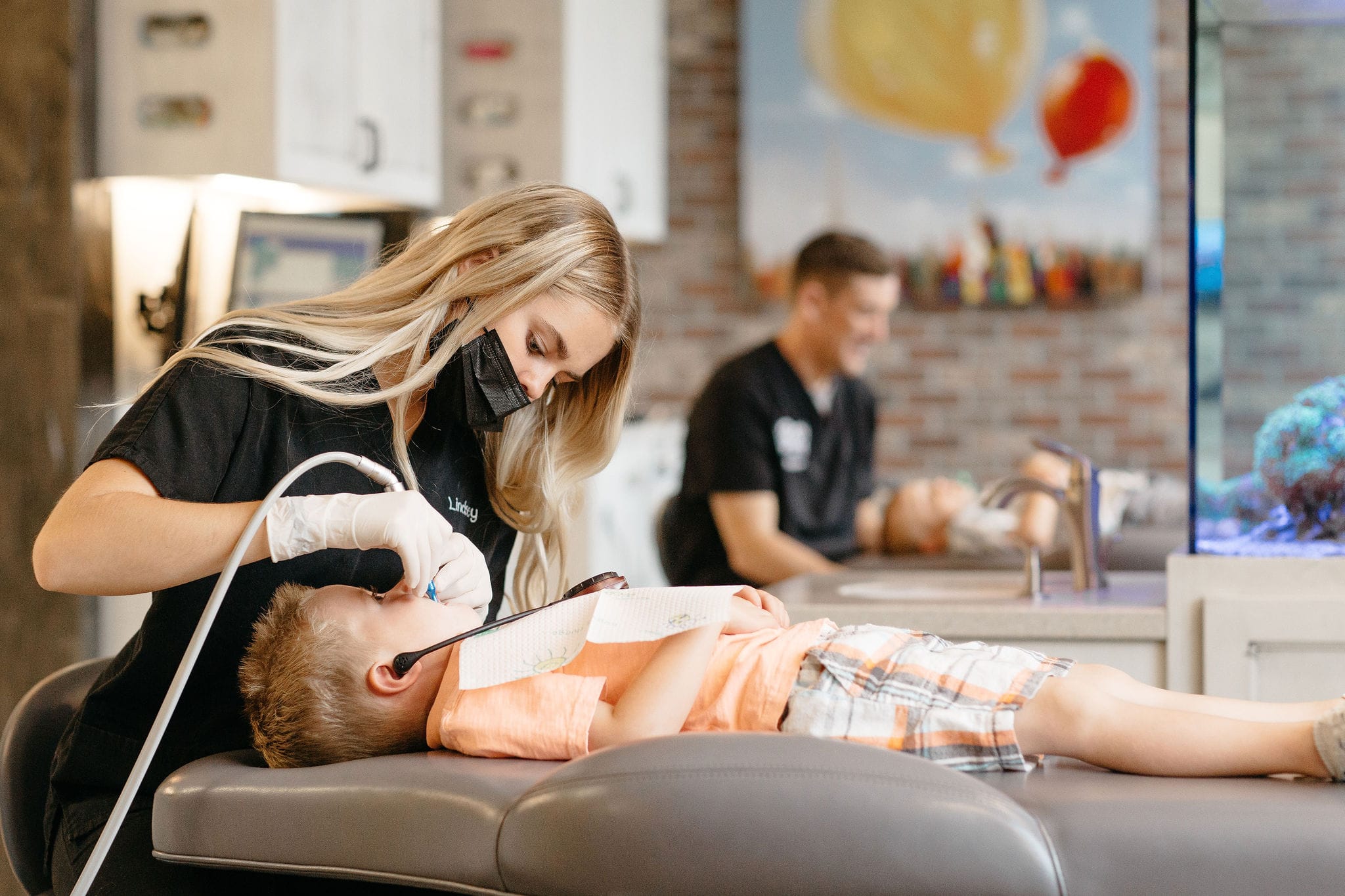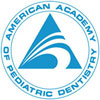Services
Our Pediatric Dental Services in Bountiful
From a routine checkup to an extensive oral procedure, our team has the experience to handle any treatment need that your child may have. By continuously evaluating our treatment processes and using new state-of-the-art technology, we are able to provide a safe and comfortable experience for your child. Our pediatric dentists in our Bountiful office are also board certified specialists for the American Academy of Pediatric Dentistry (AAPD) and attend several continuing professional education courses each year to receive training in the newest treatment procedures.
Below is a list of some of the procedures we commonly perform in our Bountiful dental office. If you have any questions about any of these procedures, please feel free to contact us!


Dental Sealants
Dental sealants play a large role in preventative dentistry and will go a long way in preventing future cavities. A dental sealant is a composite material that is applied to a tooth to protect or “seal” the pitted and grooved surfaces. Sealants keep food and decay from entering into parts of the tooth that are difficult or impossible to clean. They match the color of the tooth so they are not visible and their application is entirely pain-free.
Pulpotomies
If dental decay or cavities are not treated soon enough, they can penetrate the protective layer of the tooth called the “enamel” and enter into the “pulp” of the tooth where the nerves are located. Since baby teeth (primary teeth) have a relatively large pulp chamber compared to the thickness of the enamel, it is common for cavities to reach the pulp. When this happens, the child will experience a toothache and the tooth may die if not treated soon enough.
During a pulpotomy, a hole is drilled in the tooth’s enamel and the infected pulp is removed. Once removed, a protective cap is placed over the hole to preserve the remaining pulp.


Composite Fillings
Unlike the traditional amalgam fillings (silver), composite fillings are designed to match the color of the tooth. Composite fillings are made from a mixture of composite resins (mixtures of plastics and silica) and are a great option for repairing a tooth after a small to medium sized cavity has been removed.
Dental Crowns
While we prefer to use a white composite filling whenever possible, there are times when a child’s tooth may be too badly damage for a filling. In these circumstances a dental crown may need to be used. A dental crown is a tooth-shaped cap that is placed over a tooth to prevent further damage or decay. Crowns can be made from a variety of materials that will best meet the patient’s needs. Often times, we recommend using a less noticeable tooth colored porcelain crown when repairing a front tooth and a stainless steel crown when repairing a molar.

Metal-Free Crowns
Natural, Healthy Smiles
EZ Crowns Look Extremely Esthetic, both from the front view and on the inside of the mouth.
Each crown is glazed with a hint of natural color, making them very smooth, shiny and resistant to stains and plaque.
Blends seamlessly with surrounding natural teeth.

Metal-Free and Biocompatible
Made completely of biocompatible material, Zirconia which won’t irritate your child’s mouth and gums.
Unlike other restorative options, no metal is present.

Reliable Results
EZCrowns have over a decade of reliable results.
EZCrowns are exceptionally strong and designed to last until your child’s adult teeth come in.


In Office Sedation For Davis County
Sometimes children may need a dental procedure performed but may be overly nervous or unable to cooperate. The goal of sedation dentistry is to complete the necessary dental work in these situations while making the experience as comfortable as possible for the child.
In order for a pediatric specialist to be qualified for sedation dentistry, they must receive an additional 2-3 years of training in addition to the training they already received in dental school. They are also required to take continuing professional education courses each year to learn the latest techniques, procedures and processes of sedation dentistry as guided by the American Academy of Pediatric Dentistry. We provide four main sedation options at South Davis Pediatric Dentistry and have performed more than 25,000 oral sedations throughout our time serving as pediatric dentists in the Salt Lake City area.
Tooth Extractions
While there are many reasons a patient may need a tooth extracted, we would like to discuss three of the most common reasons.
1. The tooth has too much decay for it to be properly restored.
2. Baby teeth (primary teeth) are preventing permanent teeth from growing in properly.
3. Teeth may sometimes need to be extracted in preparation for braces.
When a patient needs to have a tooth removed, the area surrounding the tooth is first numbed or anesthetized with a local anesthetic. Following which, a special device is used to loosen the root of the tooth from the surrounding gums and bone. Once the tooth is loosened, it can be safely and painlessly extracted.








